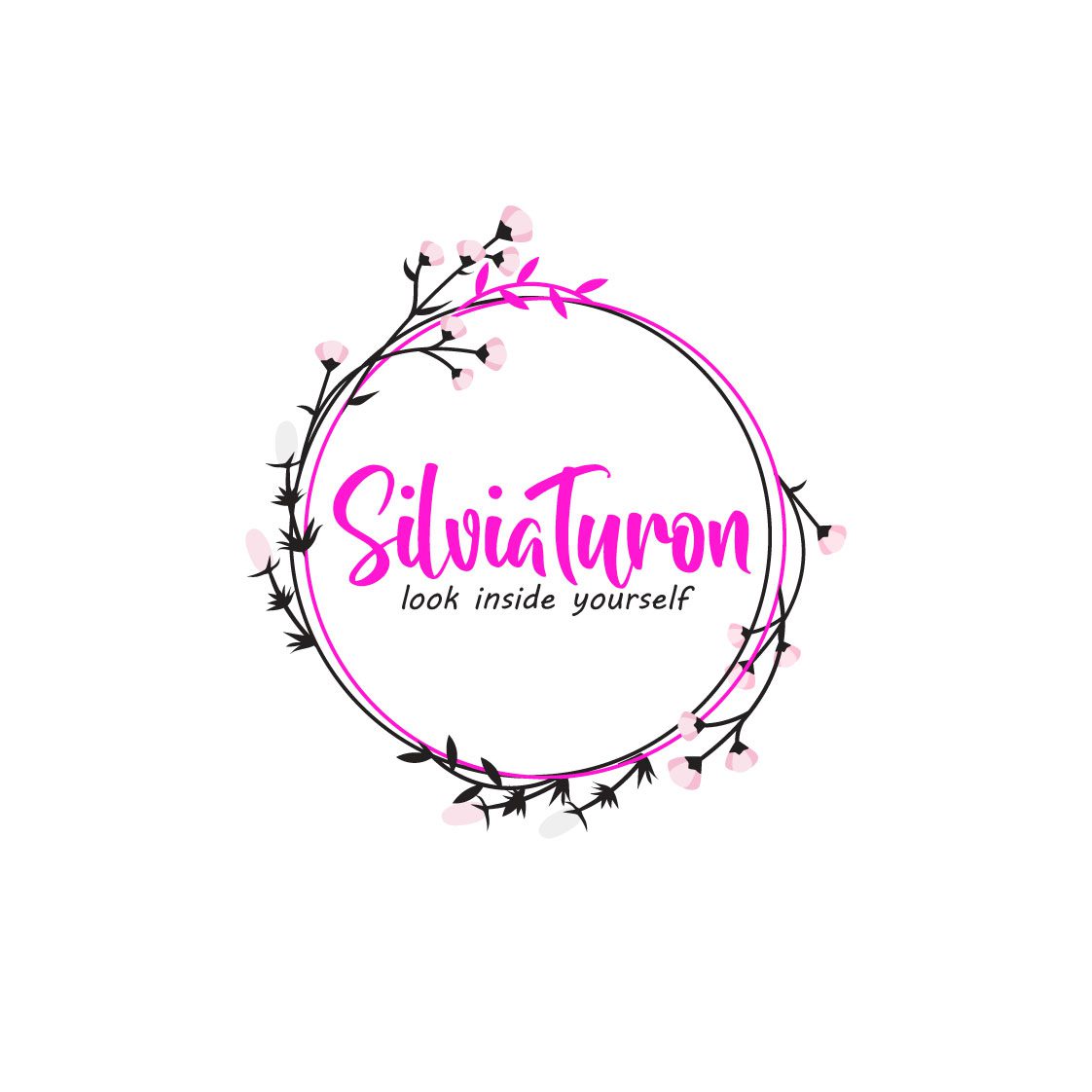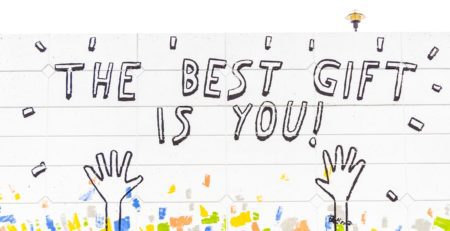Healing Made Simple: How to Go Beyond Your Subconscious Mind
“Find out what it is that heals you. Realize that the correct directions given to your subconscious mind will heal your mind and body.” Dr. Joseph Murphy from ‘Power of Your Subconscious Mind.”
Imagine this: You go to therapy, meditate, do yoga, go to retreats, and take courses. You exercise self-awareness and may have tools and techniques in your toolkit. Therefore, you are investing in yourself and taking courageous steps to look back, dive into your past and face what you may be running away from. However, you feel stuck!
Based on your logic, you should be living your best life. Although on an intellectual level, you may believe it, when your morning anxiety kicks in, you care less about some motivational quotes on Instagram or this new self-help book you ordered from Amazon last week.
To better understand this vicious cycle, we break down the function of your mind and look at what may be happening.
Your subconscious mind is all the learned behaviors, habits, and beliefs you carry inside. Therefore, it runs your life and most of your decisions often without your immediate awareness.
Your conscious mind is your thinking mind. All it handles are your feelings and thoughts you are aware of in the present moment. It is also your creative mind.
Although your conscious and subconscious mind work together, they can run separate programs simultaneously. For example, imagine you are driving your car while thinking about what to wear to your Saturday dinner. Your subconscious mind is driving the car while your conscious is putting together the outfit.
Are you with me?
When we take the brave step and commit to our healing and recovery, we must focus on changing the programs within our subconscious mind.
What happens is that although we sit down to meditate or go to therapy, when we finish the activity, we often return to our old, subconscious programming. We go back to judge ourselves, put ourselves down, feel unworthy, and so on. Therefore, our mind runs on autopilot.
Since our thoughts create our emotional state that directs our actions, we find ourselves having lots of information about how to change but notice only slight differences.
Although the focus of transformation is the subconscious mind, we do it using the power of our conscious mind. We use the conscious mind to go beyond the subconscious mind.
Here are three ways how to do that.
1. Remember, you are not your mind
Learning to disidentify with my mind was the most empowering information I learned during my healing journey. One of the primary causes of suffering is our identification with the mind. Although it is that mind thinking, “I am not enough”, we identify with it and believe that it is US that “isn’t enough.”
For your emotional healing and growth to be truly transformative, learn to recognize that you are not what you are thinking. Since your subconscious is running on old programming, it brings recycled thoughts and makes you believe that these thoughts are true.
One of the simple exercises I often recommend to my clients is to imagine yourself standing a few feet away from you. The person you are looking at is your mind, separated from the actual YOU who is observing it. Performing this exercise will allow you to practice disidentification.
2. Put your awareness to work
Next time, when you recognize that you are thinking the same old thoughts, pause and do these three things.
First, forgive yourself for thinking this thought. It’s astonishing to notice the subtle judgment that comes with self-awareness. It is one of the primary reasons why we stop at self-awareness and never move past it. We get stuck on judging ourselves for what we discovered. Break this habit by implementing more self-forgiveness into our life.
Second, remind yourself that you are not your mind. Whatever thought you just caught unguarded is only your mind going wild and using the outdated, old subconscious system. Your past isn’t your present. You are the one who chooses what you want to believe yourself to be.
The third step is to choose differently. You use the power of choice by understanding you aren’t your mind. Then, you use the skill of self-awareness to observe what you are thinking. Then, you choose differently. In the beginning, it may feel inauthentic not because you are, let’s say, unworthy but because your mind and body aren’t familiar with this change.
3. Commitment and discipline
Commitment and discipline are the fundamental part of any transformation. Especially in terms of old habitual thoughts and programs in our brain – the repetition of new habits, regular exercising of self-awareness, and discipline solidifies it and makes it truly successful.
Information itself is not enough. We may know and understand things intellectually, but without putting them into practice, they carry no value. Although our daily spiritual practice is a crucial part of our healing and recovery, it is our mind, when unmanaged, that can create the most harm.
I encourage you to become in control of your thoughts while committing to true mind management. Especially for those who have done some work and are familiar with basic concepts of healing and growth, managing our mind is the next level, and often the missing piece of a true transformation.












Comments (2)
I love how you write and explain things!! I like the short paragraphs and concise explanations. I
don’t feel ‘overwhelmed’ w/learning.
1- forgive myself; 2- I am not my mind; 3- choose differently
Commitment and Discipline are foundations for transformation. And yes,
an ‘unmanaged mind can create the most harm’.
I am glad you enjoyed the article, Patricia, and found it helpful. Many more to come.